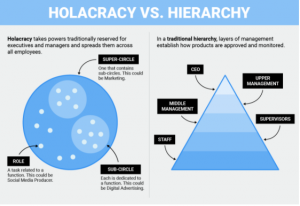With more and more focus on driving the business, operating strategically and automating the mundane and repetitive processes that make up the daily existence of many HR departments, the focus has shifted to what, if anything, can be outsourced. Outsourcing, contemplated and implemented correctly, can be a win win decision from both a cost and efficiency standpoint. This type of arrangement is not the PEO “Professional Employer Organization” where you outsource all of your employees to another organization in the hopes of saving material sums of money while still being able to deliver exceptional customer service. In my opinion, PEO’s are a poor choice for almost every organization. Here we will explore the primary reasons that HR organizations consider outsourcing.
In a SHRM survey the top reason that companies chose to outsource HR functions are as follows
1) 6% of companies outsource to save money- someone who does just one thing but does it very well is often more efficient.
2) 23% of companies outsource to focus on strategy – spreading yourself too thin with all of the administrative tasks doesn’t leave a lot of time for planning and strategy.
3) 22% of companies outsource to improve compliance – it is increasingly challenging to stay in compliance and increasingly risky to not meet requirements.
4) 18% of companies outsource to improve accuracy – if you’ve got too much on your plate accuracy may suffer.
5) 18% of companies outsource due to a lack of experience in-house – knowing your weaknesses is as important as knowing your strengths, so handing off a task you know you can’t handle properly to someone with expertise is a great business decision.
6) 18% of companies outsource to take advantage of technological advances – with big data worth tapping into, but costly technology needed to really delve into strategic analytics, outsourcing can offer solutions without a significant investment.
Almost all HR organizations currently outsource some aspect of their responsibilities, but it has become so common that many don’t even think of it as outsourcing. Below are some of the functions most typically outsourced:
- Temporary Staffing- although the mark ups can be high, sourcing and staffing temps is something many take off their plates
- Background checks
- Pre-employment Physicals
- Payroll
- Providing mandatory training like Sexual Harassment
- Benefits Administration
There are significant benefits to outsourcing if you do your homework upfront, identify your potential cost savings and thoroughly vet your vendors.


